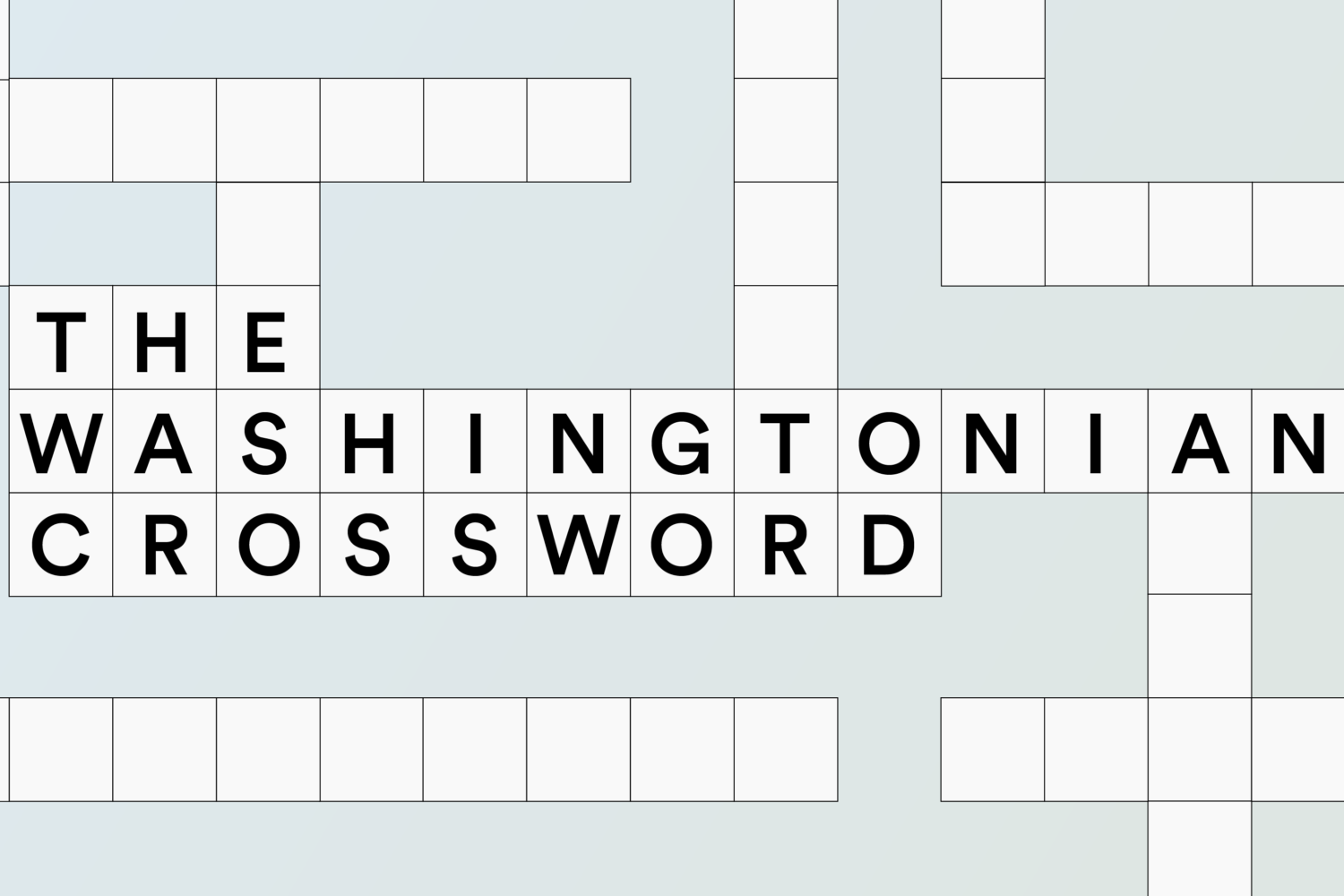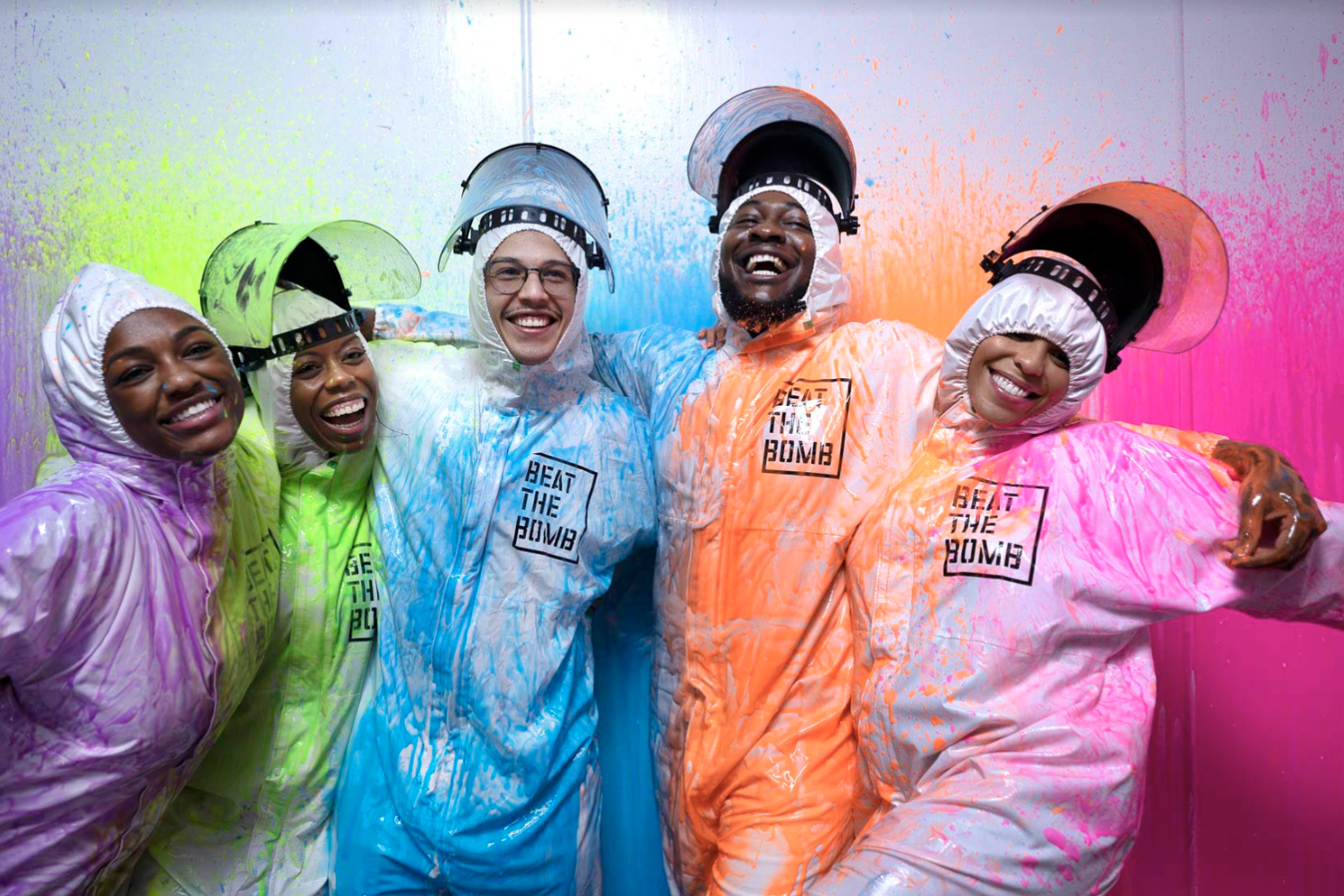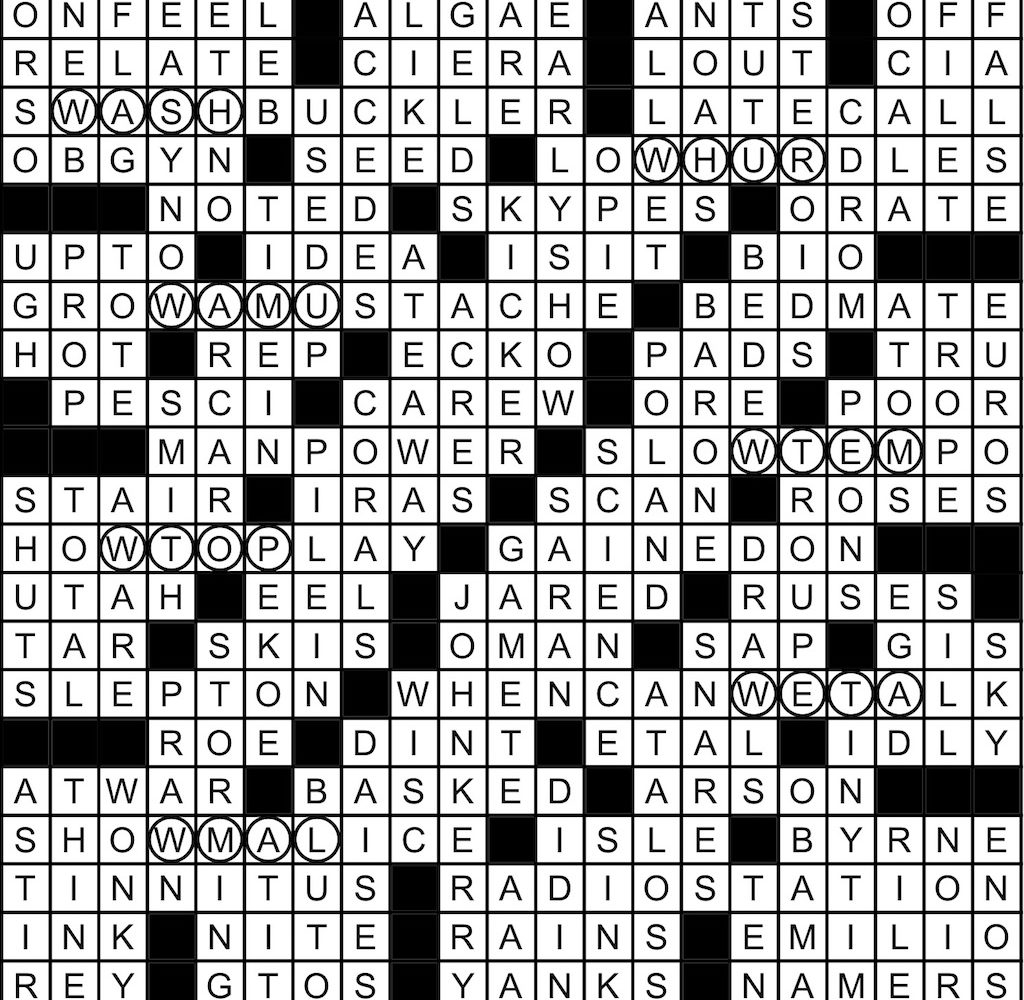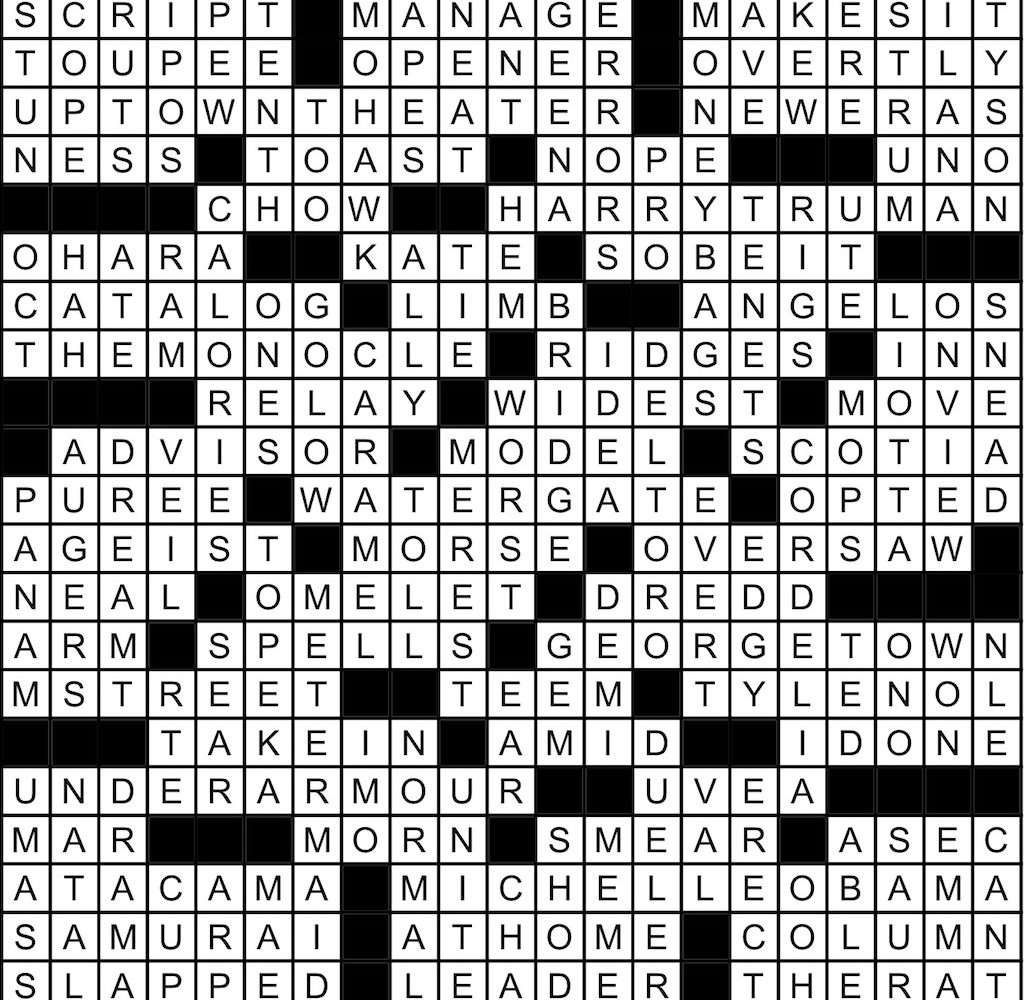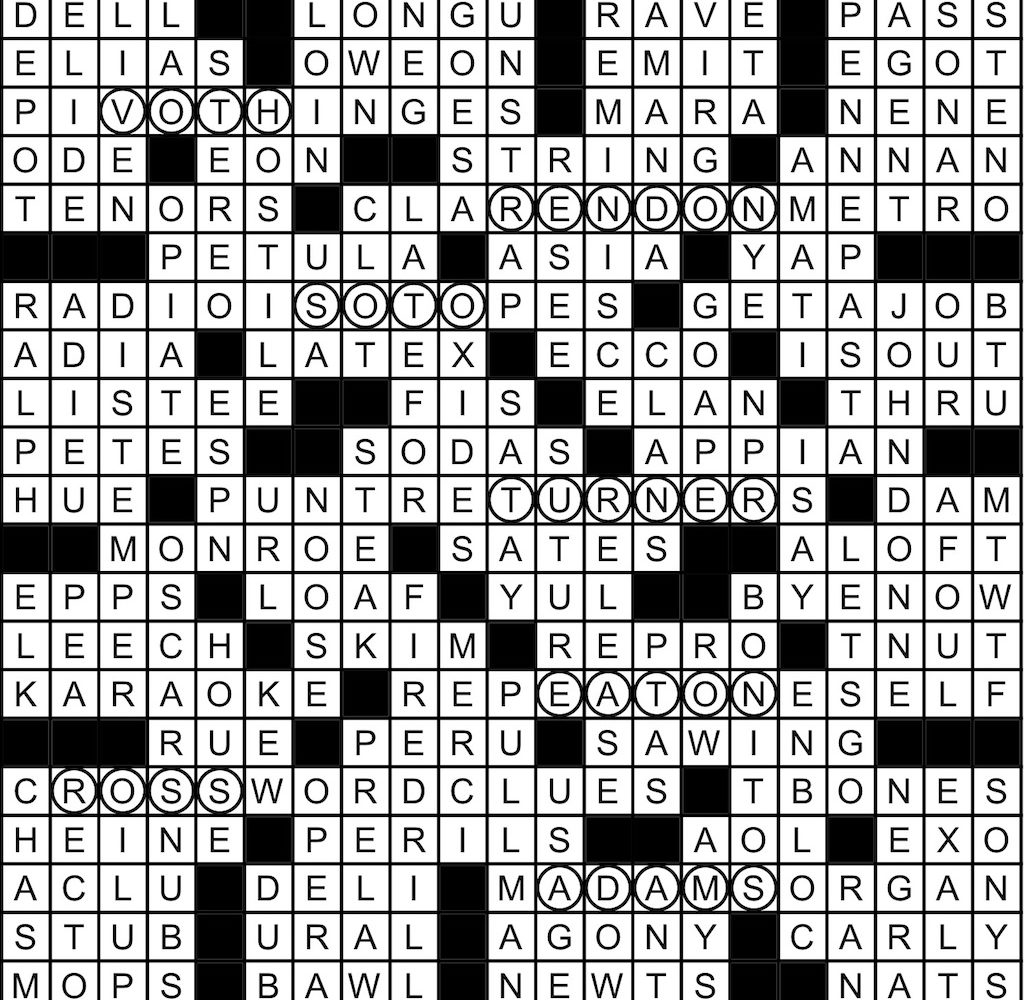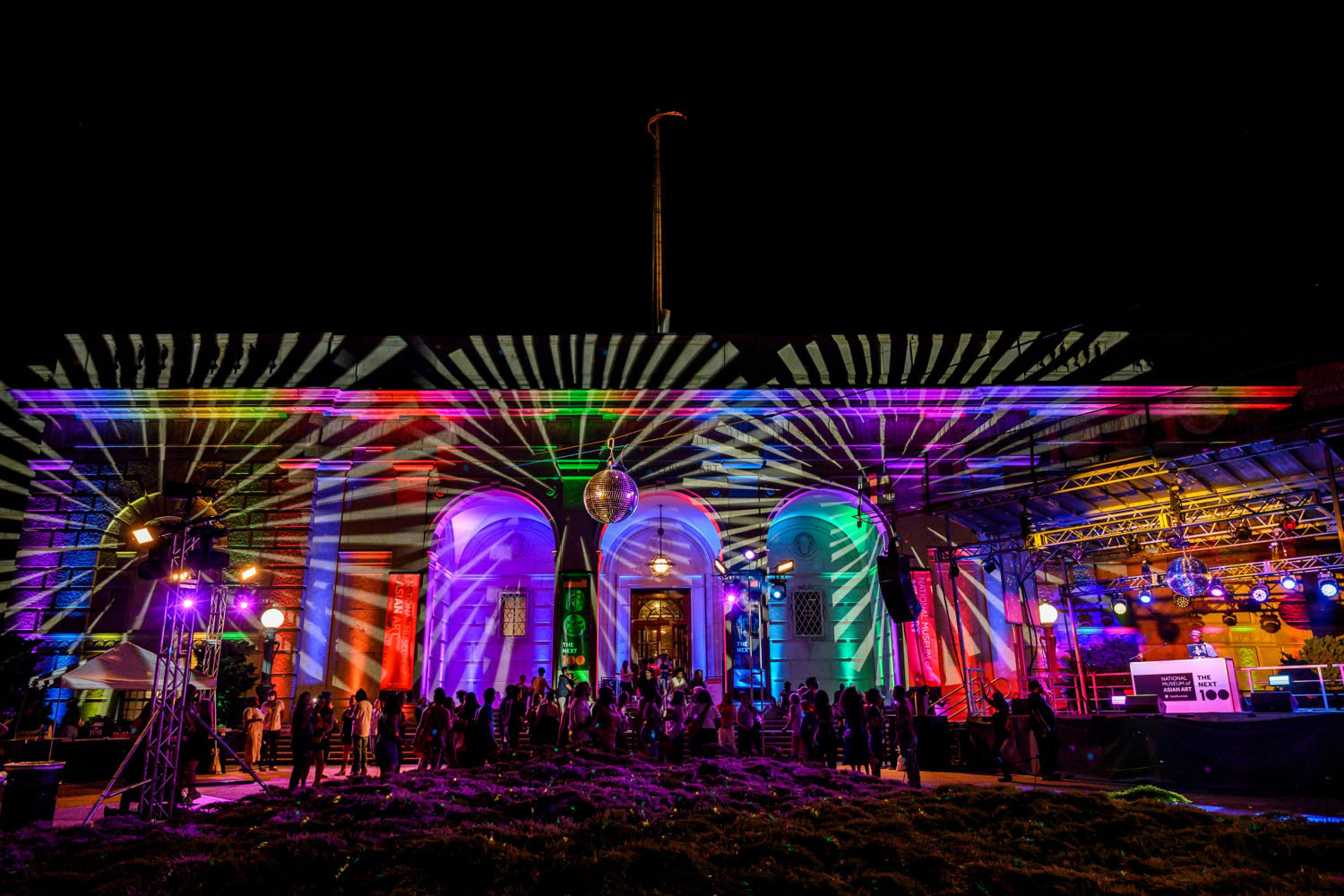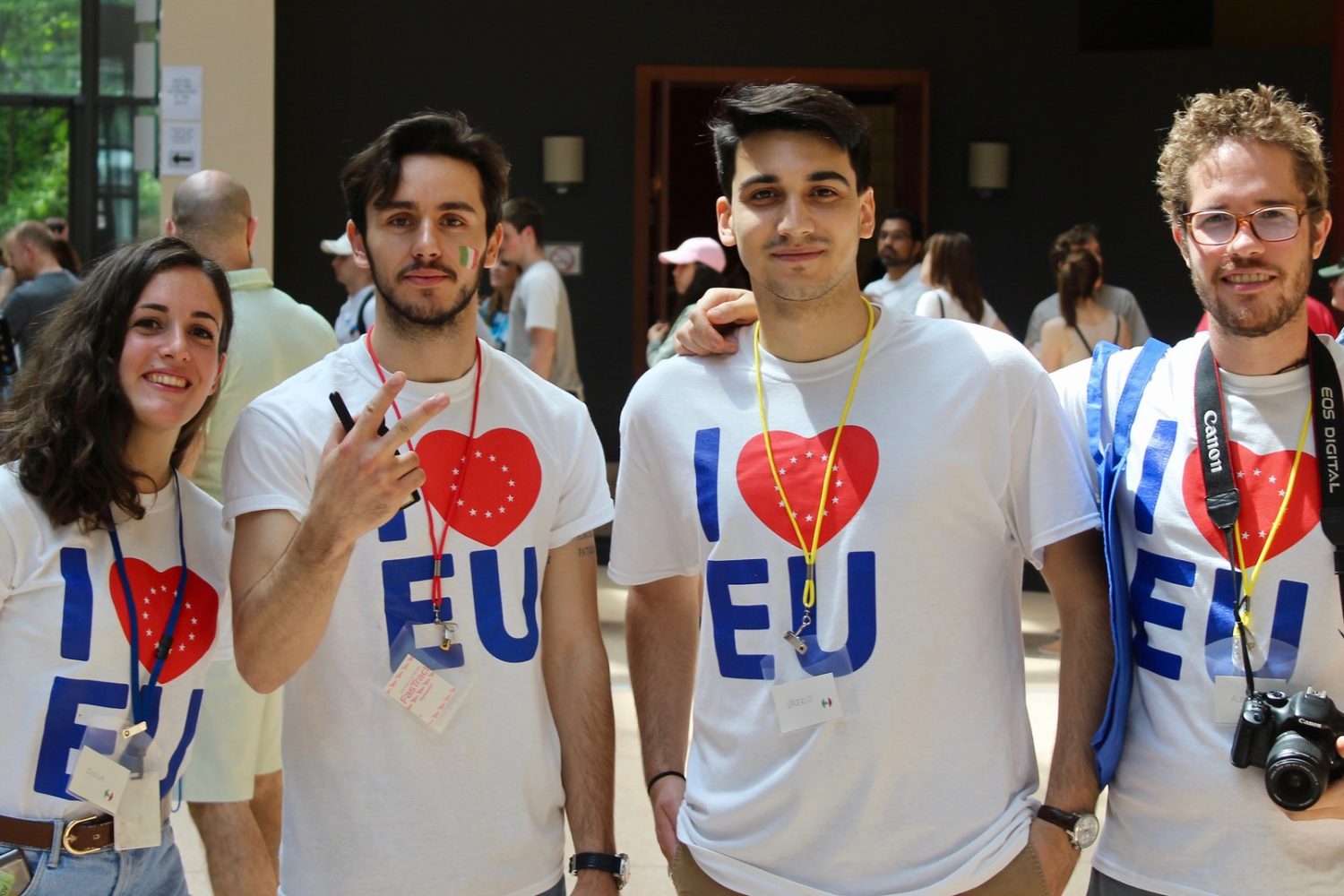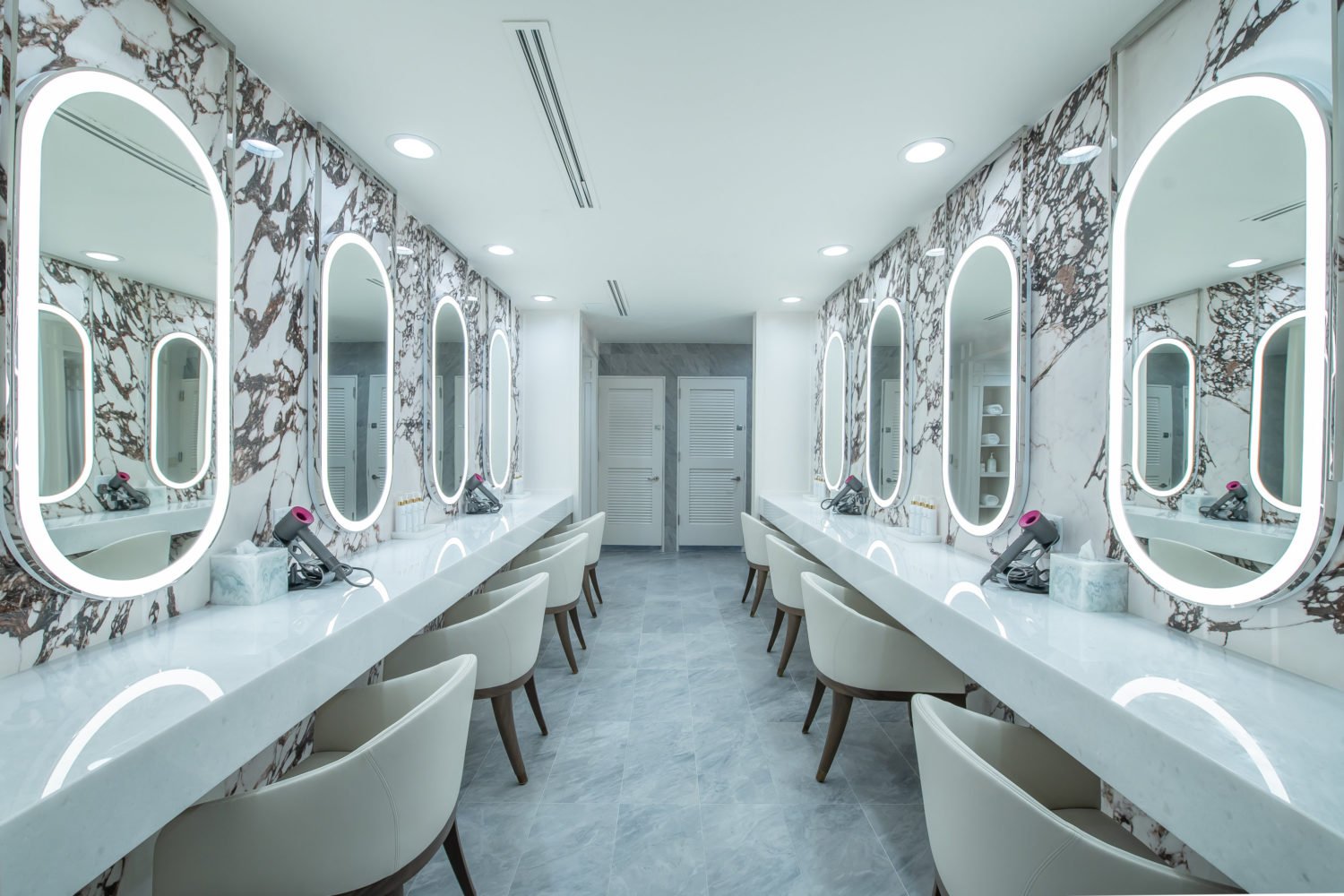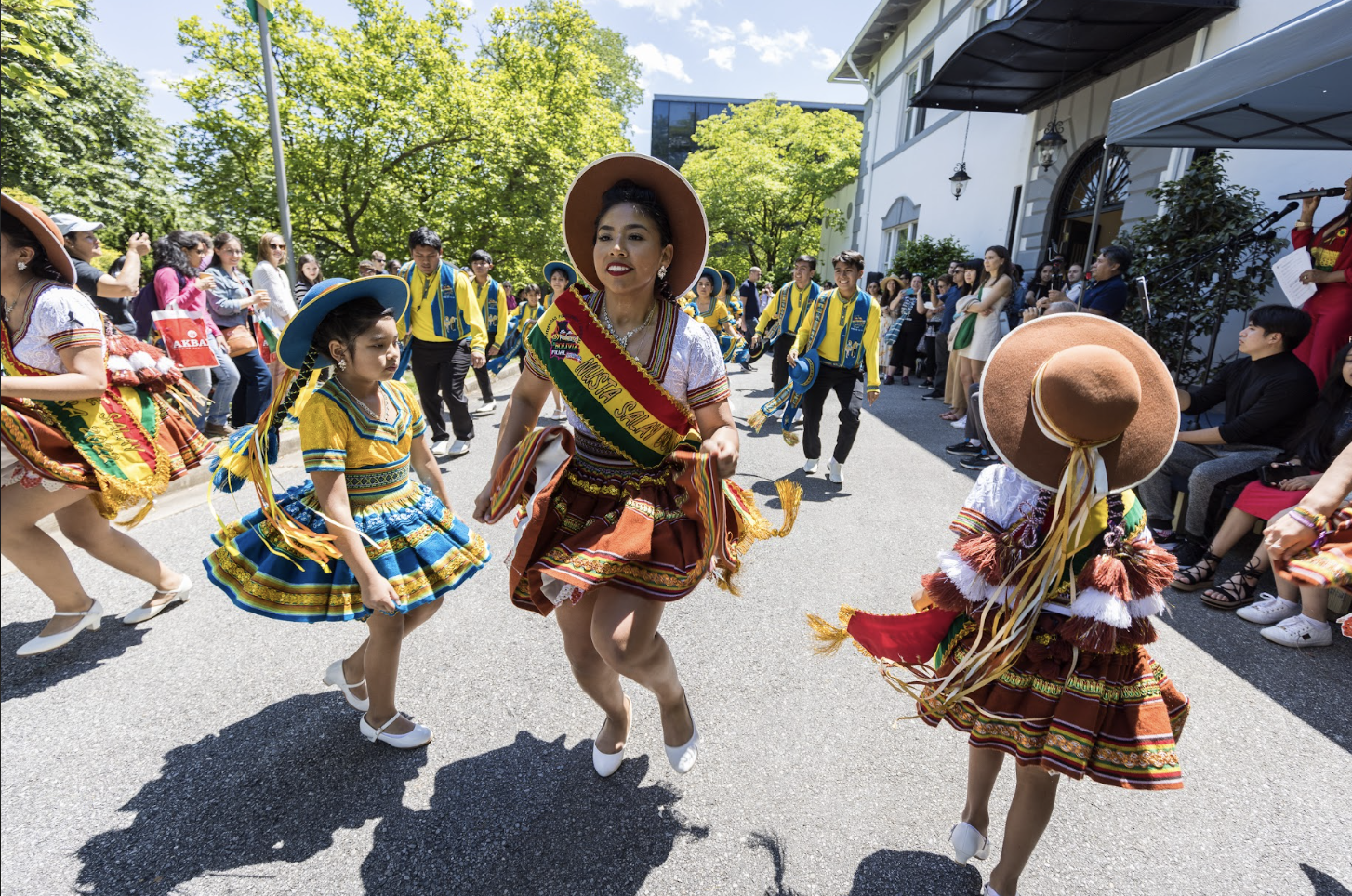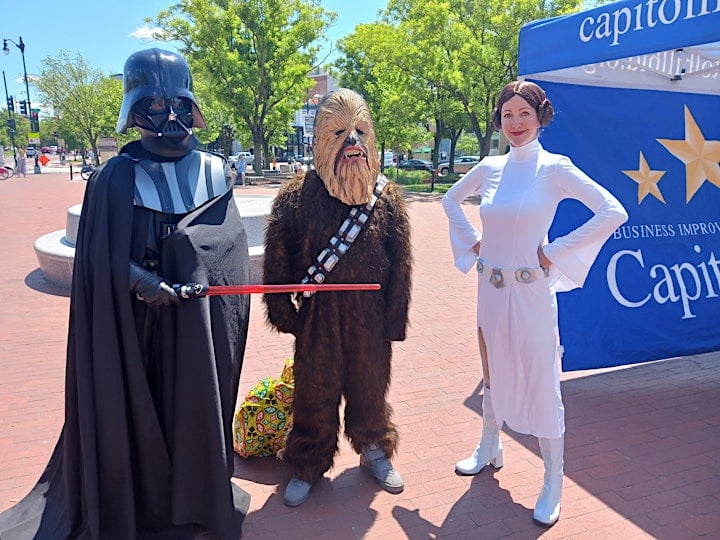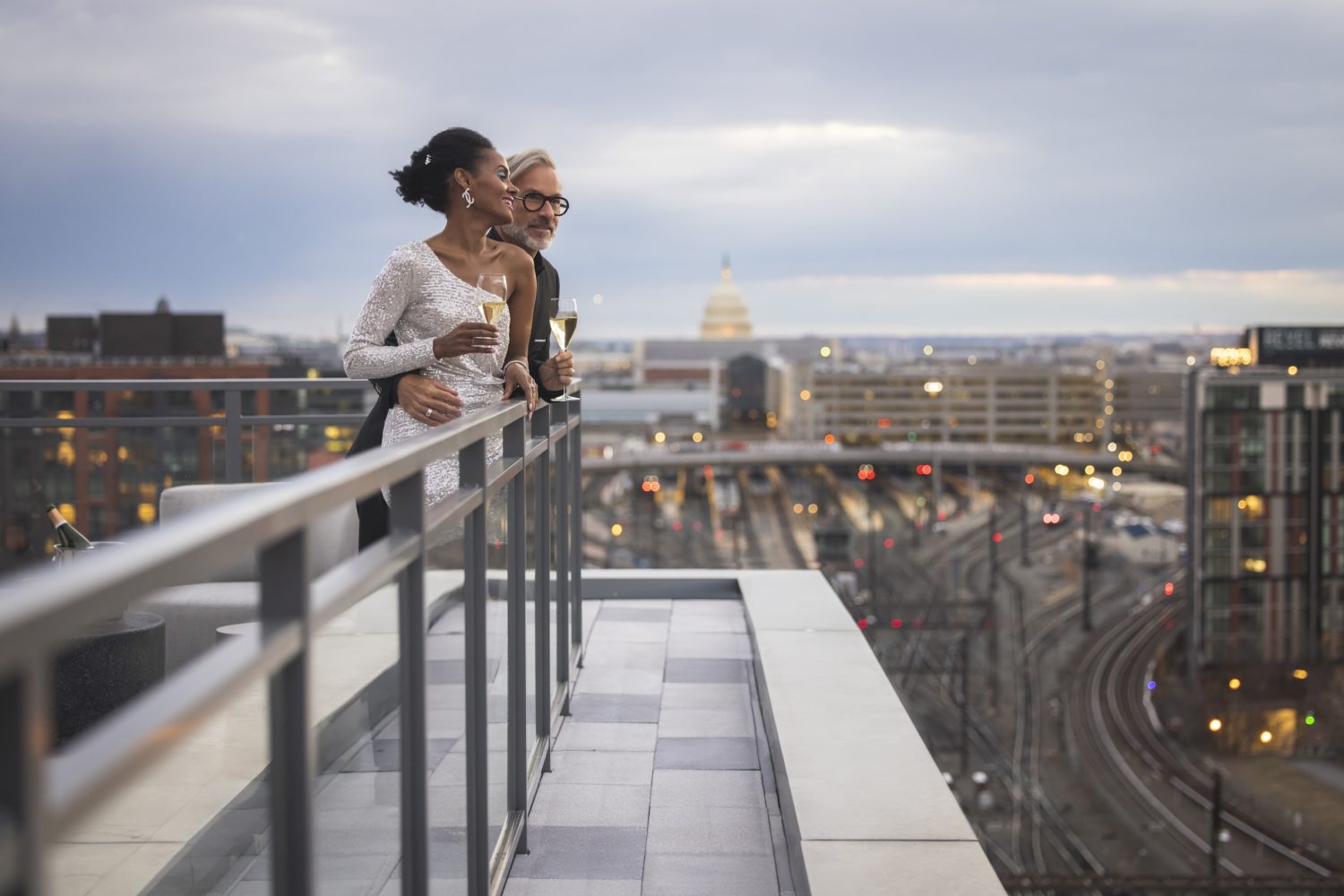Hirshhorn Museum and Sculpture Garden
“Realisms,” the second part of “The Cinema Effect: Illusion, Reality and the Moving Image” (the first was “Dreams”), uses contemporary art to look at the relationship between fiction and reality in cinema. In one movie, The Third Memory, the bank robber Al Pacino played in Dog Day Afternoon gives his side of the story; another section of the exhibit uses 3-D on four screens. Closes September 7.
A different kind of reality can be found in the Hirshhorn’s sculpture garden, on the Mall side of the museum. There you’ll find works by Calder, Koons, Rodin, and more. Summer garden hours are daily 7:30 am to dusk.
Independence Ave. and Seventh St., SW; 202-633-1000; hirshhorn.si.edu.
“The American Evolution: A History Through Art” is an exhibit of paintings and sculpture from the permanent collection, including portraits by John Singleton Copley and Gilbert Stuart; landscapes by Thomas Cole; panoramas of the West by Albert Bierstadt and Frederic Remington; American Impressionism by Mary Cassatt, John Singer Sargent, and Childe Hassam; abstract art by Joan Mitchell, Willem De Kooning, and Mark Rothko; and contemporary work by artists such as Kara Walker. Closes July 27. Admission is $12 for adults, $10 for students, seniors, and military; 500 17th St., NW; 202-639-1700; corcoran.org.
The future of humans traveling beyond Earth is the subject of a new exhibit, “Space: A Journey to Our Future.” It has plenty of interactive displays, satellites, and a lunar base camp to kick-start the imagination. Closes January 11. Summer hours at Air and Space are 10 to 7:30. Sixth St. and Independence Ave., SW; 202-633-1000; www.nasm.si.edu.
National Gallery of Art: West Building
“Richard Misrach: On the Beach” is a collection of large photos that at first give the impression of calm seas and tranquility. The point, though, is that this could all end—apocalyptically. Closes September 1.
“Martin Puryear,” an exhibit of 48 sculptures created between 1967 and 2007, has opened here after its successful run at New York’s Museum of Modern Art. Puryear—a DC native and MacArthur Foundation “genius grant” recipient—is a master craftsman whose medium is mainly wood and whose technique is to work by hand using traditional carpentry and basket-weaving methods. Although his pieces are postminimalist and abstract, they often allude to everyday objects such as a ladder.
In reviewing the exhibit before it came to DC, the New York Times said, “Mr. Puryear’s work is humorous but not ironic. It has a complex worldview devoid of trendy critique. It offers more integrity than innovation and proves repeatedly that accessible doesn’t rule out subtle.” Closes September 28. Sixth St. and Constitution Ave., NW; 202-737-4215; nga.gov.
National Gallery of Art: East Building
“Afghanistan: Hidden Treasures From the National Museum, Kabul” dazzles the mind and eye. How could these beautiful objects from the third century BC to the second century ad have remained intact all these years? Answer: They were hidden underground. Some of the earrings and hair ornaments look as though they came from a jeweler’s summer ’08 collection. Many are made in a sophisticated way—a crown, for instance, folds for easy travel—showing ingenuity and refined skills. Closes September 7.
The National Gallery, the National Geographic Society, and the Embassy of Afghanistan have put additional information about many of the objects, including close-up views, on their Web sites: nga.gov/afghanistan, nationalgeographic.com/mission/afghanistan-treasures, and embassyofafghanistan.org (click on “Hidden Treasures of Afghanistan” under “culture”).
“Muraqqa‘: Imperial Mughal Albums From the Chester Beatty Library, Dublin” takes time to see. Each folio, painting, and piece of calligraphy is so detailed that a glance won’t do. Intricate floral designs surround scenes of 16th- and 17th-century imperial family from the Mughal dynasty in India that are truly masterpieces. Closes August 3. 1050 Independence Ave., SW; 202-633-1000; www.asia.si.edu
“Diebenkorn in New Mexico”—an exhibit of works done between 1950 and 1952 while the artist lived in Albuquerque absorbing the area’s colors and shapes—closes September 7.
“Brett Weston: Out of the Shadow” comprises more than 100 abstract black-and-white photos of landscapes and architectural details by the son of the more famous photographer Edward Weston. Closes September 7.
If you’re looking for an exhibit that’s suitable for children and tells a story, try “The Great American Epic: Jacob Lawrence’s Migration Series,” completed in 1941. It’s warm-hearted even though the story it tells—of African-Americans moving from the rural South to the industrial North in search of jobs and a better life—is sometimes harsh. Closes October 26.
Admission fees vary by exhibit; see Web site for details. 1600 21st St., NW; 202-387-2151; phillipscollection.org.
What the fabrics and techniques in the museum’s newest show—kimonos, blue jeans, hemp, batik—have in common is their color. “Blue” is also the name of the exhibit devoted to indigo dyeing methods and the color’s meaning over the last 2,000 years. The little exhibit—35 pieces in five rooms—is a pleasant respite. Closes September 18. 2320 S St., NW; 202-667-0441, textilemuseum.org.
Related posts:
The Month of July in Film
Calendar of Events
More>> After Hours Blog | Arts & Events | Happy Hour Finder | Calendar of Events

